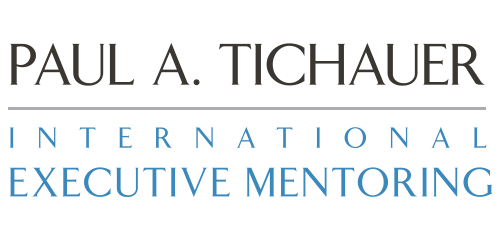
15 Sep Real Profit Growth: The Power of 1%
Handsome profits are the sign of a well-run business. Yes, growing revenue is important in early stage companies, but without the generation of positive profits on a reasonably regular basis your business is not sustainable over the long term. And when the time has come to sell, merge or take the business public, it is the stream of profits that determines the value of your business.
With an eye on building long term value, the natural inclination for most business leaders is to set ambitious goals in profit growth – say 15% improvement year over year. Often, these goals are established as part of the budgeting process. Invariably however, line managers become apprehensive and come up with many reasons why a stretch goal of 15% growth in profit is unrealistic: it feels unattainable, difficult to foresee and too large a commitment.
I have found that simply by changing the improvement request from a general focus on profit to a more specific request for improvement in the directly controllable items such as pricing, volume and especially cost, invariably produces significant, sustainable improvement in profit. Here’s a simple example:
A 1% increase in revenue and a 1% decrease in each of the cost lines resulted in a 53% improvement in operating profit! So what’s the trick here? How is it possible that 1% improvements in each of the six lines of our example add up to a 53% improvement in overall profitability? Is there something wrong with the math?
The answer is a resounding NO! The math is correct. The reason the impact of the 1% improvements is so great is that they are applied to revenue and expense lines which are large relative to the much smaller profit line.
By focusing primarily on growing revenues – and especially price – and decreasing the larger cost items you will generate the biggest improvement in overall profitability. New business leaders often shy away from raising prices out of fear of losing customers. Undoubtedly you may lose a couple, but the difficulty of changing suppliers far outweighs the small pain caused by annual 1 to 3% price increases. And the positive impact on your profit is hugely compelling! Repeatedly, my experience has been that small price increases, implemented annually with appropriate advance notice, are accepted by one’s clients and customers without much push back. As 100% of a price change flows to the bottom line, this is by far the best way to grow profits.
I have used this approach regularly when seeking to improve overall financial performance and it has always worked wonderfully. The explanation is straight forward:
1. The 1% improvements add up. In addition, as outlined above the improvements are generally applied to numbers of much larger magnitude than the profit line so they generate far greater percentage growth in profit.
2. Psychologically a 1% improvement is small and therefore ‘attainable’.
3. The improvement focus has shifted from the dependent variable – profit – to the independent variables – pricing, volume and costs. The latter are viewed as being much more controllable and the levers for improvement are more clearly understood and more easily applied.
4. And perhaps most importantly, the financial improvement goal has been partitioned into a number of components, each of which is the responsibility of a single and different individual or team within the company. Accountability for these discrete improvements is clearer, more visible and more directly manageable. Profit, on the other hand, is the collective responsibility of the entire organization. As a result, ownership of the profit goal is harder to assign and more difficult to manage.
In summary, by shifting the improvement focus from profit to pricing, volume and cost, you, as the business leader, are able to drive accountability for financial improvement deep into the organization. The individual financial improvement goals are smaller and clearer, and they can be assigned more specifically and managed much more closely.
Try this tip the next time you’re looking to improve profitability. Let me know whether it helped and please share it with your network and colleagues.
Paul Tichauer advises on management issues and mentors senior executives in-person and on-line across a broad range of businesses and organizations in the USA, Canada and Europe: e-m: paul@tichauer.com | tel: +1 416 301 9992 |https://ca.linkedin.com/in/paultichauer
